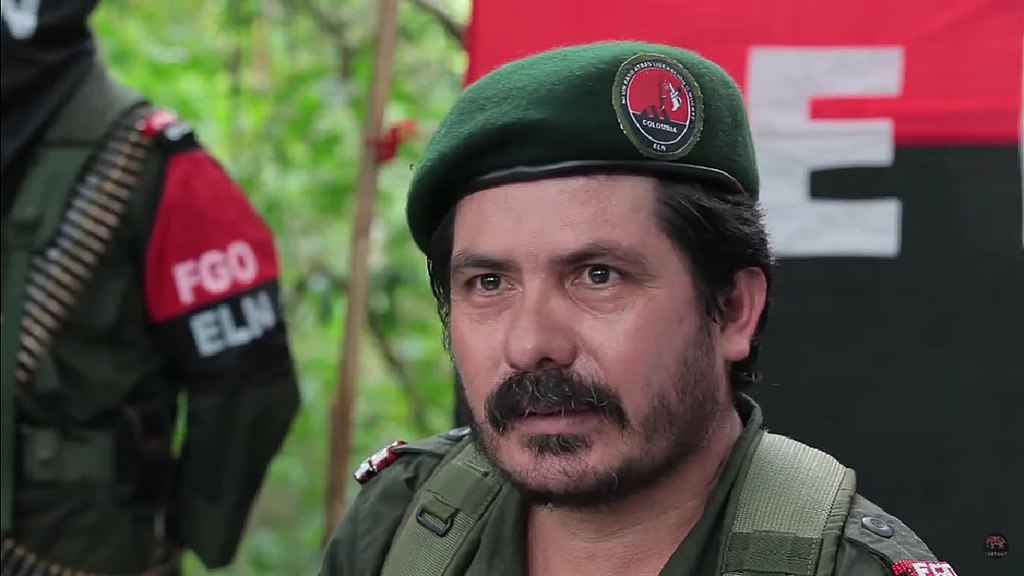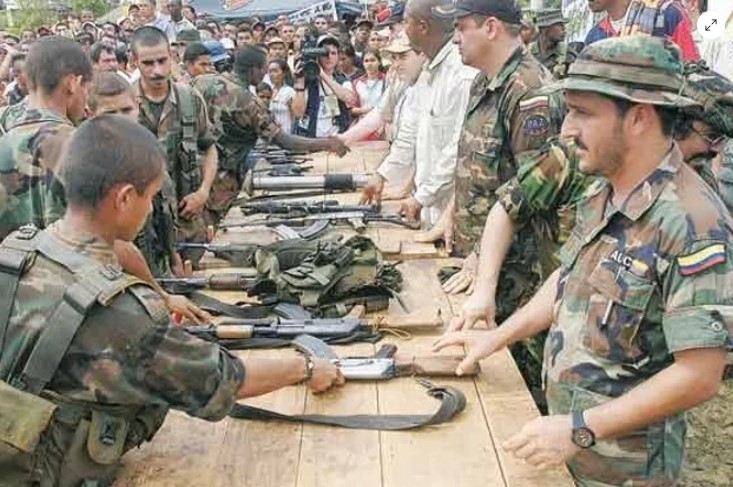
The Colombian government’s attempts to conduct peace talks with three illegal armed groups underscore the unique difficulties in negotiating with the National Liberation Army (ELN). Formed in 1964, the same year as the now-defunct FARC-EP, the ELN has been a challenging party for peace dialogues. Despite numerous efforts by different administrations, Colombia has struggled to establish a productive dialogue with this guerrilla group, which has distinct differences from the FARC, highlighting the complex nature of Colombia’s quest for peace.
The ELN, a guerrilla group in Colombia, operates as a federation of various armed factions, each with a considerable level of independence. This structure raises concerns about the group’s cohesion, particularly regarding peace efforts. The autonomous nature of these factions means that an agreement signed between the ELN leadership and the Colombian government may not be recognized by all members. This aspect is crucial for understanding the challenges in achieving lasting peace in the region.
Choco and Aracuca go their own way
According to military sources and the Ombudsman’s Office, the ELN groups operating in the regions of Choco and Arauca would be the most likely to dissociate themselves from the decisions taken at the dialogue table.
Just this weekend, a few days after the ELN and the State agreed to extend the bilateral ceasefire until August, the ELN in Choco decreed an “armed strike”. This decision is a clear violation of the agreements and is seen as a challenge to the supreme leadership of the same criminal organization.
It is not the first time that this group has ignored what is agreed at the dialogue table and the commitments of its own leadership. The independent faction is the Ómar Gómez Western War Front (FGOC), commanded by a woman, alias Martha. In the same situation is another front, known as the Manuel Vasquez Eastern Front (FGOR), which operates in the Arauca region.
The Ombudsman, Carlos Camargo, expressed his concern about this last week, in a communiqué calling for the release of all the detainees still being held by the armed group. “We consider it fundamental that these two fronts be decisively incorporated into the negotiations to avoid that, in the face of a possible end to the armed struggle by the ELN, these two fronts be the genesis of future dissidences, which would have the disastrous consequence of prolonging the armed conflict in the two departments,” said Camargo.
The power of drug trafficking
Both structures, the one operating in southern Chocó and Valle del Cauca, and the one centered in Arauca, Casanare and Vichada, are autonomous organizations with approximately 500 armed men each.
Their military power derives from the lucrative drug trafficking business, something they seem unwilling to give up, as it has given them a privileged status in the regions where they perpetrate their criminal activities. Kidnappings, another of the hot points at the dialogue table, completes the financing of these groups.
Within the nature of the ELN, an organization with eight “confederate” war fronts, autonomy in the actions and decisions of each has proven to be important. Of the totality, these two groups would be the most independent from the central leadership.
Although the ELN peace delegation in the peace talks is broad and plural, trying to represent the eight fronts that currently make up the illegal organization, the state has presented doubts about the true intentions of these two groups that seem to ignore what is agreed at the dialogue table systematically.
Fear of new “dissidence”
In all the successful peace processes that Colombia has undergone, there have emerged, for various reasons, groups that have renounced the pact and returned to the path of armed and criminal struggle.
This happened in 2006 when President Alvaro Uribe made peace with the powerful right-wing paramilitary group United Self-Defense Forces of Colombia (AUC). After their demobilization, a number of gangs ignored the accords and took up the criminal path again. These groups are known as Criminal Gangs (BACRIM), and of all of them the most important and dangerous is The Black Eagles.

The same happened in 2016, when President Juan Manuel Santos made the historic Havana peace with the Marxist FARC-EP guerrillas. The hard core of that organization agreed to submit to the accords, but various small groups took up the armed struggle again two years after the peace was signed. These bands, known as FARC dissidents, have been proliferating and today President Petro’s Colombia is holding new peace talks with two of them: the FARC’s Central General Staff and the Second Marquetalia.
It is the case, at least with the FARC-EP, that this organization had a strongly hierarchical and vertical structure, following Marxist principles of authority. The fronts did not enjoy the autonomy enjoyed by the ELN groups and, even so, dissidences emerged. Some of them were led by one of the most important leaders of the organization, Ivan Marquez, who came to lead the peace delegation of the armed group in Havana.

Learning from the past
Despite the difficulties, the Colombian State must learn from what has happened in the past and lay the foundations for retaining as many people as possible in the commitment to peace. The demobilization and disappearance of the three illegal armed groups with which the country is currently in dialogue would not definitively put an end to violence, which is endemic and has deep causes and origins. Nevertheless, the eradication of these groups would mean an important de-escalation in the criminal power that today still subdues the country.
Although violence has greatly diminished since the disappearance of the FARC almost eight years ago, the most remote regions of the central Andean region continue to suffer from the actions of armed groups that feed off drug trafficking and the protection of permeable and complex borders. This is the case with the Venezuelan border, where the ELN’s eastern front acts with total impunity, entering and leaving from one country to another without Colombia or Venezuela preventing illegal human trafficking along their administrative border.
In discussions with the ELN, the intricate nature of the armed faction is increasingly apparent. Otty Patiño, the High Commissioner for Peace, has stated that the negotiations are primarily focused on economic rather than political issues. The ELN and the FARC exhibit distinct characteristics, not just in their organizational structures. It’s essential for the state to thoroughly comprehend these differences to secure an outcome beneficial not only for President Petro’s administration but also for a nation eager for peace and an end to political and social unrest.
See all the latest news from Colombia and the world at ColombiaOne.com. Contact our newsroom to report an update or send your story, photos and videos. Follow Colombia One on Google News, Facebook, Instagram, and subscribe here to our newsletter.

